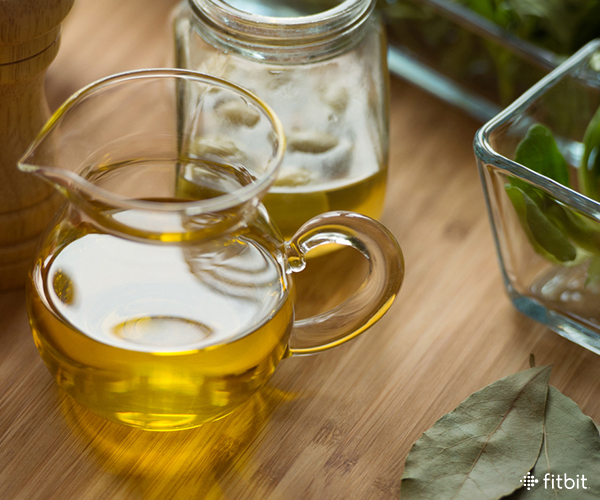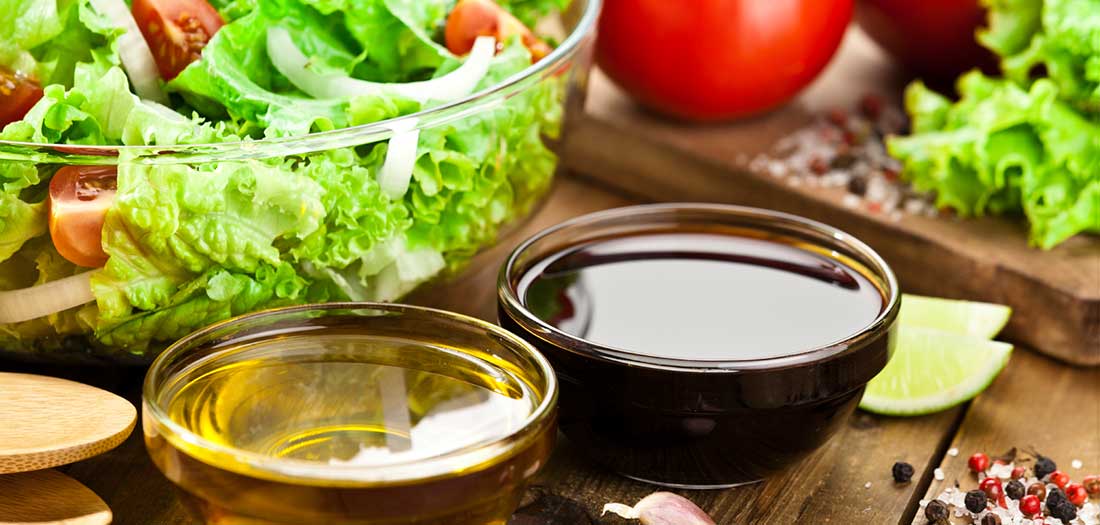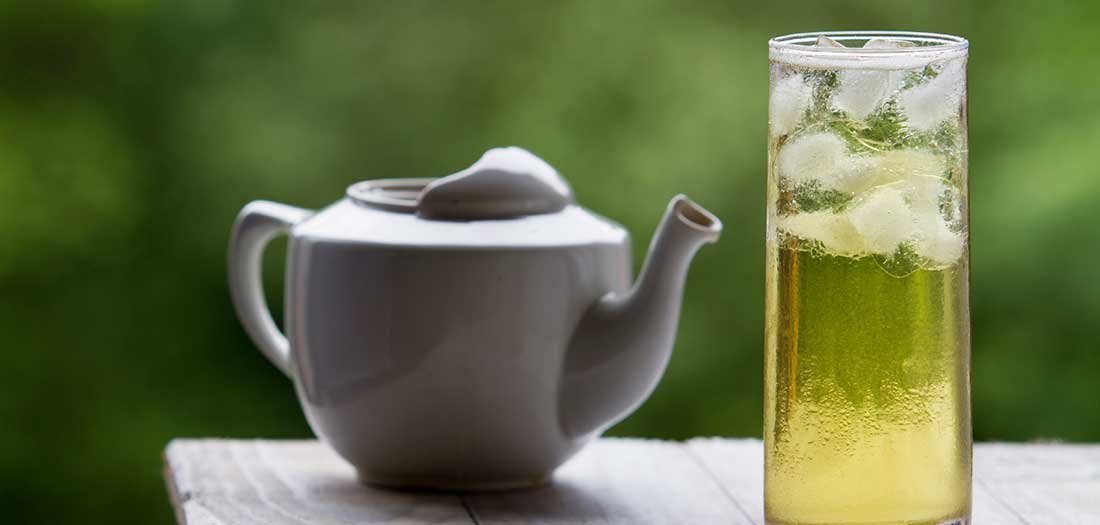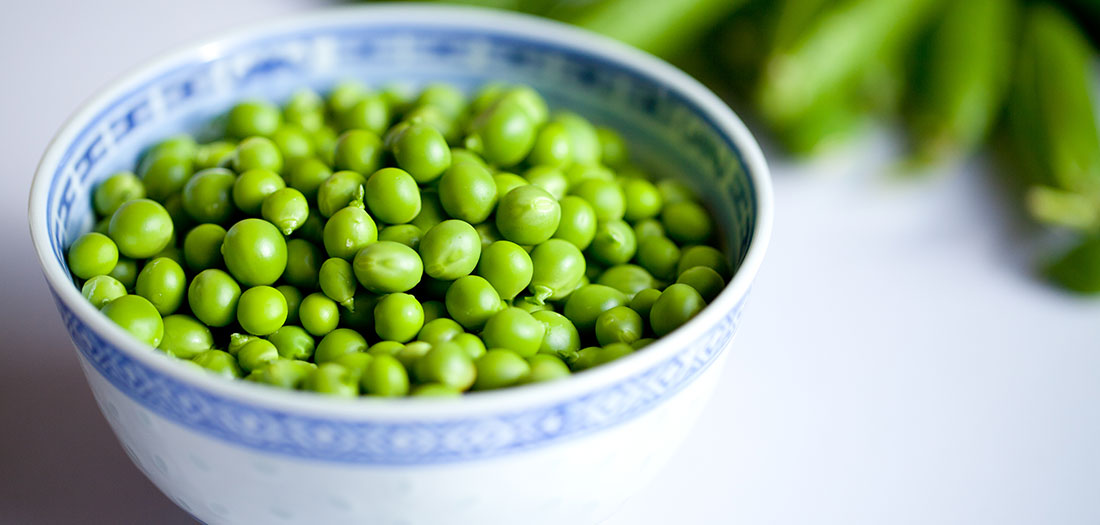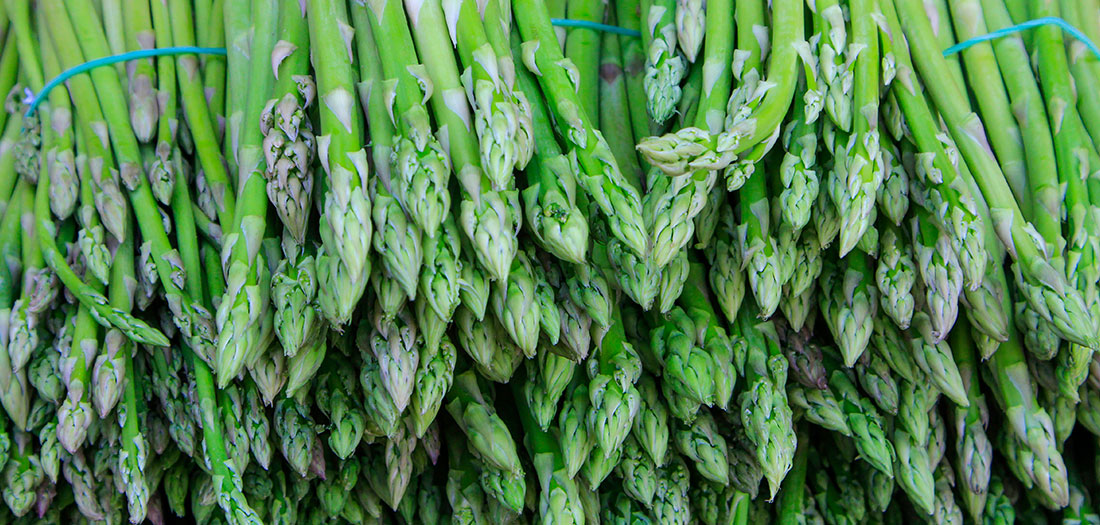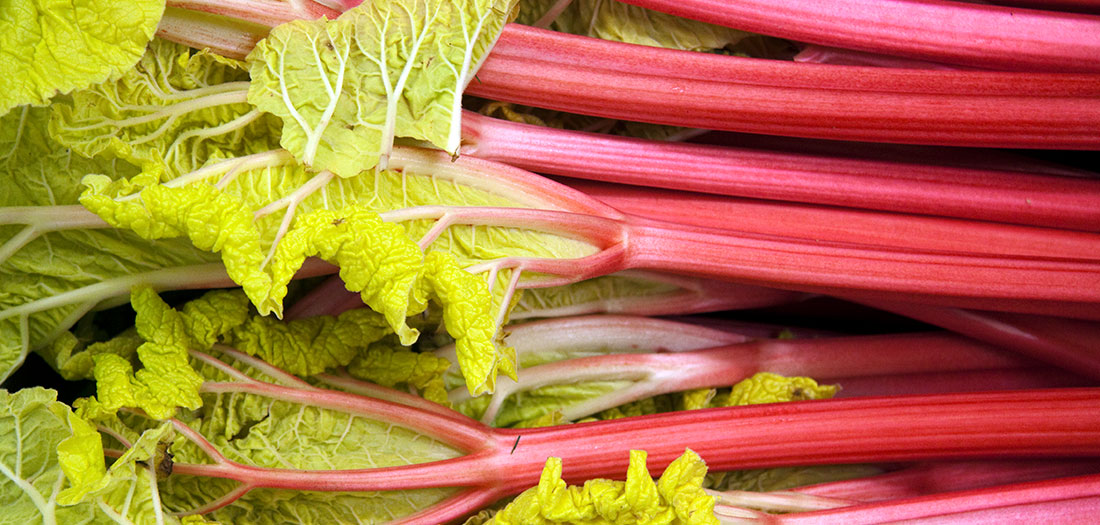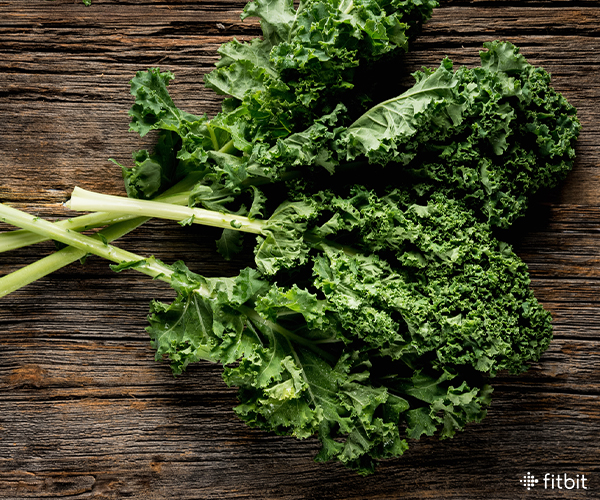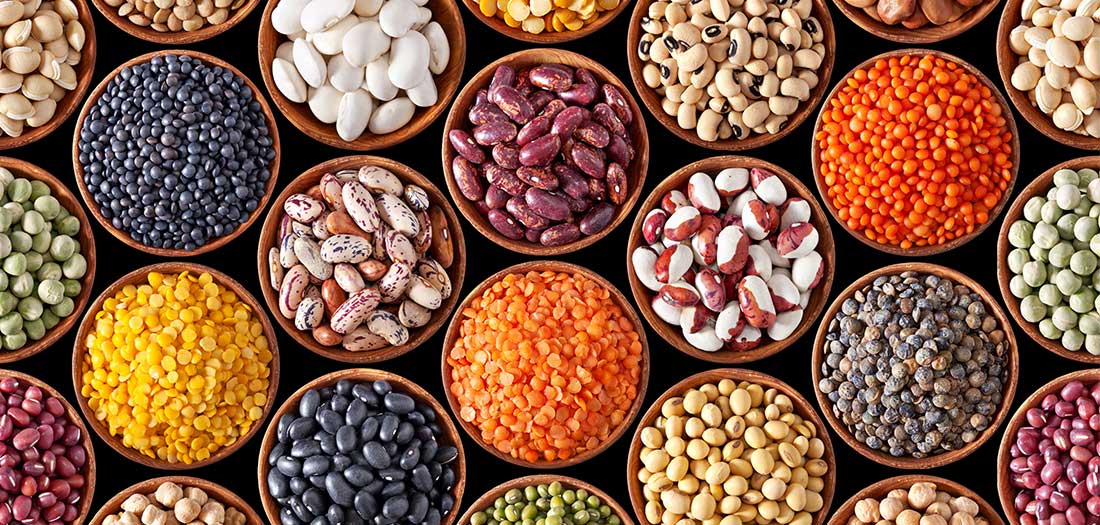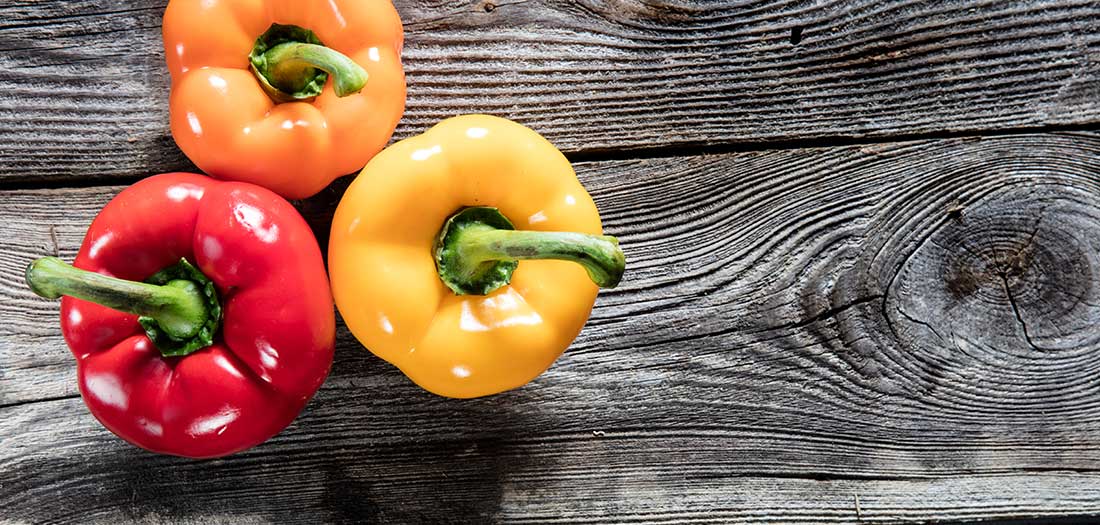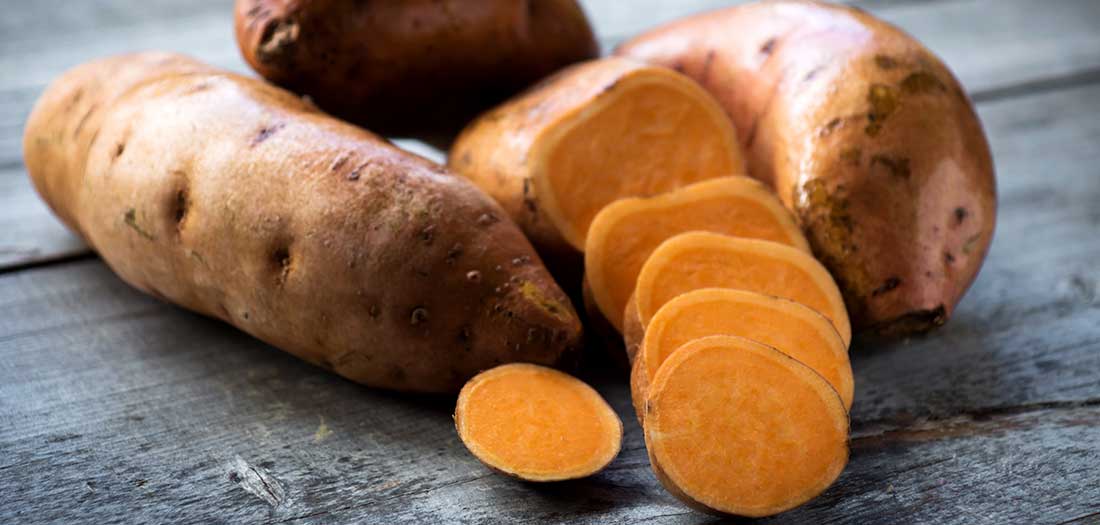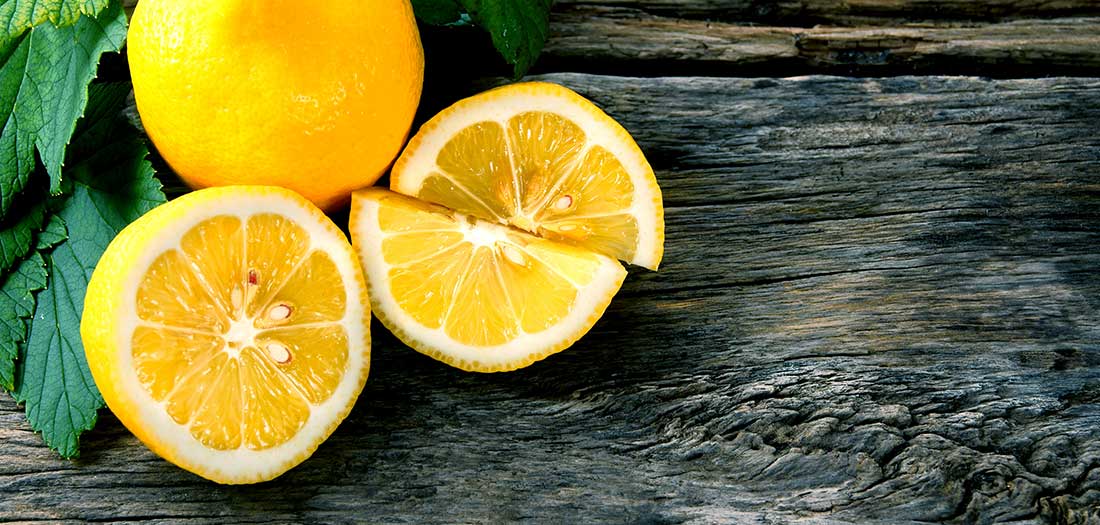15 Breakfasts Under 300 Calories
Find a diet-friendly breakfast to help with weight loss
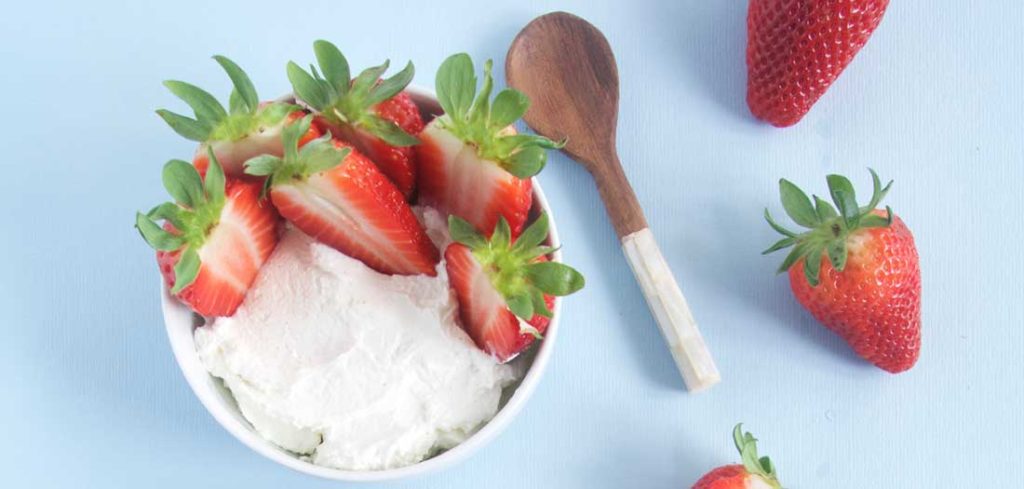
You’re pressed for time in the mornings, but that doesn’t mean you should have to make it until lunch on an empty stomach. It’s time to stop skipping breakfast! These 300-calorie breakfast ideas are healthy, quick and easy to prepare.
15 Breakfast Ideas For Under 300 Calories
The best way to eat a healthy, diet-friendly breakfast every morning is to prepare the meal in advance.
You can prepare a week’s worth of healthy breakfasts in an hour or so on Sunday. Then simply pack them into the refrigerator and they are ready to go when you’re ready to eat. You can also use any of these ideas in the morning.
Breakfast Burrito
If you love a savory meal in the morning, this diet-friendly breakfast will curb your hunger cravings.
- Egg whites, 2, scrambled
- Low-fat cheese, 1 oz.
- Salsa, 2 Tbsp.
- Whole-wheat tortilla, 1
- 187 calories
Sweet and Nutty Oatmeal
This breakfast is full of fiber so it will help you to curb cravings that often hit around 10 or 11 in the morning.
- Instant plain oatmeal, 1 packet
- Pear, 1 medium
- Honey, 2 tsp.
- Almonds, chopped, 1 Tbsp.
- 300 calories
Waffles and Banana
Got a sweet tooth? This breakfast satisfies your sweet tooth but also provides whole grains to keep your energy level stable.
- Low-fat whole-grain waffles, 2
- Pecans, chopped, 2 Tbsp.
- Banana, half
- 300 calories
Microwave Meal
Need a satisfying boost of protein in the morning?
This sandwich provides 17 grams of protein for only 250 calories. And the milk adds even more!
- Jimmy Dean Delights Applewood Smoke Chicken Sausage, Egg Whites & Cheese Muffin Sandwich
- 1% milk, 4 oz.
- 300 calories
Denny’s Breakfast On-The-Go
If you’re on the road and need to stop for a quick bite, you’re not doomed to overeat.
Denny’s has this healthier option to keep your diet on track.
- Fit Fare Loaded Veggie Omelet (half)
- English muffin (no butter)
- 300 calories
Jamba Juice
If you’re on the run and need a quick drink to fill you up, you’ll find a few options at Jamba Juice to satisfy your morning hunger. But your best option is a yogurt or oatmeal bowl.
- Strawberry Greek Yogurt Bowl
- Water with lemon
- 300 calories
Cereal and Berries
Many dieters love cereal, but the kind of cereal you choose makes a big difference. Be sure to pick a whole grain box to get the fiber that will help you lose weight.
- Whole-grain oat cereal, 1 c. (My pick is Cascadian Farms Honey Nut Os)
- Fat-free milk, 1 c.
- Blueberries, 1 c.
- 300 calories
Savory Breakfast Wrap
I like to make this breakfast at home when I have a little bit of time for food preparation. It takes about five minutes and always satisfies my hunger. To make it, I just layer the cheese and bacon in the tortilla and heat until the cheese melts. Then I slice the apple and put the breakfast on a plate to serve.
- Canadian bacon, 2 slices
- Shredded cheddar, ¼ cup.
- Soft corn tortilla, 1
- Apple, 1 small
- 300 calories
Waffle Sandwich
No bread in the house? No problem! Simply make this diet-friendly breakfast sandwich with waffles.
- Whole-grain blueberry waffles spread with:
- Honey, 1 Tbsp.
- Part-skim ricotta cheese, 2 Tbsp.
- 284 calories
Coffee Shop Quick Breakfast
Some coffee shops serve oatmeal that you can order if you’re on the go. But you can also throw a packet in your purse and order a cup of hot water with your coffee. If you don’t like cappuccino, check this other list of coffee drinks that are diet-friendly.
- Kashi apple cinnamon oatmeal, 1 packet
- Small skim cappuccino
- 280 calories
Berries and Cereal
This breakfast combines fiber and antioxidant-rich berries for a healthy start to your day.
- High-fiber cereal, 1 c.
- Mixed berries, 1 c.
- Fat-free milk, 1 c.
- Coffee, with a splash of fat-free milk
- 260 calories
English Muffin and Yogurt
Go super low-calorie with this quick meal. Swap the english muffin for a waffle if you prefer.
- Whole-grain English muffin
- 100-calorie fruit-flavored Greek yogurt,
- 220 calories
Toast and Bacon
Sometimes you just crave the taste of bacon. Fit it into a low calorie breakfast with this combination.
- Reduced-calorie bread, 2 slices
- Almond butter, 1 Tbsp.
- Turkey bacon, 2 slices
- 240 calories
Simple Smoothie
If you need to run out the door in a hurry, throw these items into a blender and take your healthy breakfast on-the-go.
- Skim milk, 4 oz.
- Low-fat Greek yogurt, 4 oz.
- Berries, 4 oz.
- 236 calories
Cereal with a Side of Melon
Sweet melon helps a blah breakfast seem more sophisticated.
- Raisin Bran, 1 c.
- 1% milk, 1 c.
- Melon cubes, 1 c.
- 225 calories
More Breakfast Ideas for Under 350 Calories
If you have a little more room for calories in your morning meal, try any of these ideas. These 350-calorie breakfast ideas will keep you satisfied until lunch time.
Apple & PB Bagel
- Thomas’ Whole-grain Bagel, 1, topped with:
- Skippy Reduced-Fat Natural Peanut Butter, 1 Tbsp.
- Granny Smith apple, small, 1, sliced
- 335 calories
Yummy Yogurt
- Chobani Low-fat Greek Yogurt, ½ c., topped with:
- Low-fat granola (without raisins), ¼ c.
- Almonds, slivered, 1 tsp.
- Honey, 1 Tbsp.
- Blueberries, ½ c.
- 300 calories
Breakfast Sandwich
- Pepperidge Farm Whole-wheat English Muffin, 1, split in half and filled with:
- Egg whites, 3, scrambled
- Spinach, ½ c.
- Alpine Lace Eeduced-fat Cheddar Cheese, 1 slice
- Tomato, 1 slice
- 270 calories
Doctored Up Oatmeal
- Instant oatmeal (plain), 1 package, topped with:
- Fat-free milk, ½ c.
- Fuji apple, small, chopped
- Cinnamon and brown sugar, 1 tsp.
- Walnuts, chopped, 1 Tbsp.
- 255 calories
Berry Good Waffles
- Nutri-Grain Eggo Low-fat Whole-grain Waffles, 2
- Stonyfield Farm Lowfat Plain yogurt, ¼ c.
- Strawberries, ½ c.
- Maple syrup, 2 tsp.
- 246 calories
South of the Border Breakfast
- Egg whites, 3, scrambled, topped with:
- Black beans, rinsed and drained, ¼ c.
- Sargento Reduced-fat Mild Cheddar, shredded, 1 oz.
- Salsa, 2 Tbsp.
- 191 calories
Hungry for more? Browse the full selection of breakfast foods, recipes, and ideas.
*Edited by Malia Frey, Weight Loss Expert


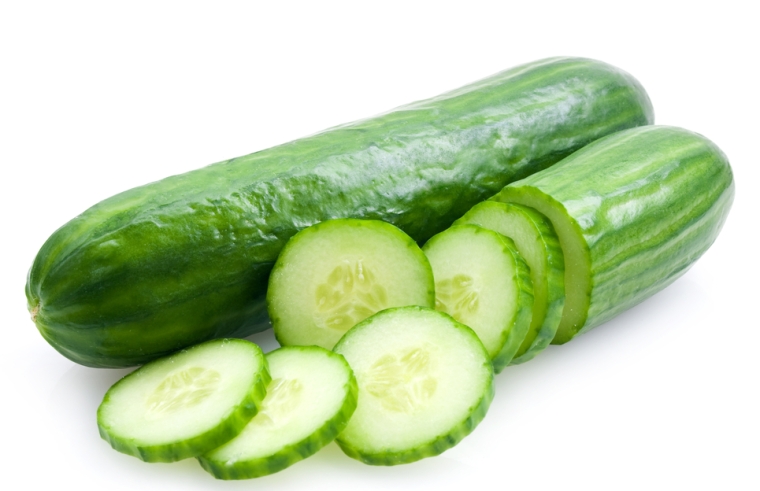


 Skipping Exercise
Skipping Exercise


